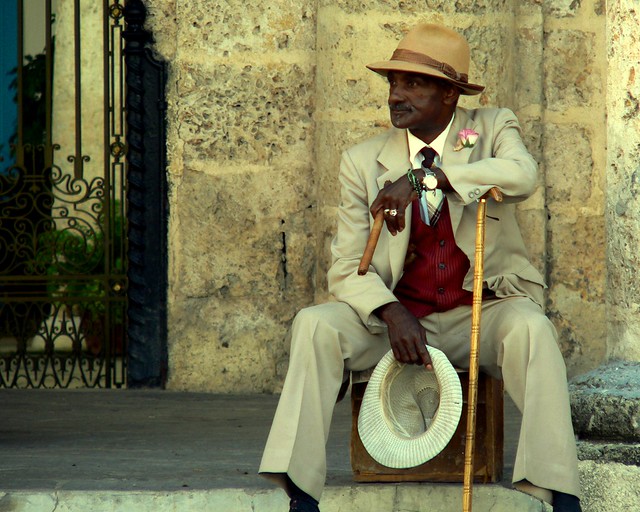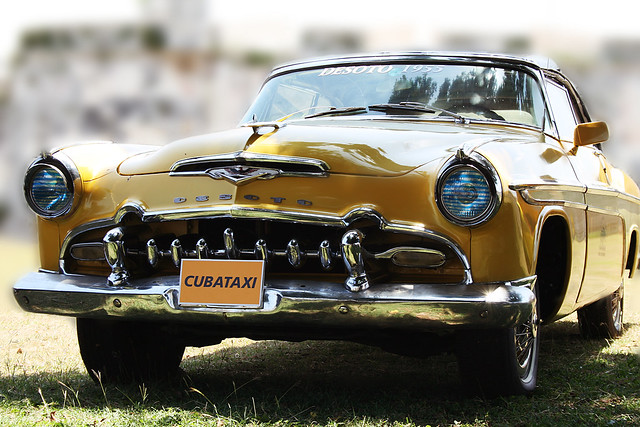For those with a passion for history, Cuba is a fascinating country to visit. Thankfully for keen travellers, as Cuba becomes a more popular package holiday destination, it’s easier than ever to take advantage of cheap holidays in Cuba to discover the Caribbean island’s unique culture and past.
The first Spanish villages in Cuba were established not long after Christopher Columbus discovered the Cuban archipelago in the 16th century. During the era of conquistador Diego Velázquez, between 1510 and 1524, seven villages were created which are now major historic centres. Indeed, four of them are UNESCO World Heritage Sites, and a tour of the seven villages is a quirky way to travel across Cuba and across the centuries:
The first of these villages was created in 1511, called Nuestra Señora de la Asunción de Baracoa – now known simply as Baracoa. This settlement on Guantánamo’s southern coast is often called Cuba’s most interesting city – it developed in relative isolation from the rest of the country until the opening of the La Farola road in 1964, giving it a unique style.
In 1513, Bayamo was created as the Spaniards advanced to the west. As the provincial capital of Granma, this is a peaceful place with a deep sense of history.
The third village to be founded was Santa María del Puerto del Príncipe (now Camagüey). It played a prominent role as the urban centre of a cattle breeding and sugar-growing region. The irregular urban pattern of this UNESCO World Heritage Site, which contains winding streets, squares, alleys and urban blocks, is exceptional for Latin American colonial towns.
Fellow World Heritage Site Santiago de Cuba was established in 1514 and replaced Baracoa as the island’s capital in 1607, thanks to its location on the Caribbean Sea. Its complex of forts, magazines, bastions and batteries is the world’s best-preserved and most complete example of Spanish-American military architecture based on Italian and Renaissance design principles, according to UNESCO.
The fifth village to be created was Holy Trinity, or Santísima Trinidad. Thanks to its blend of architectural styles from the 18th, 19th and early 20th centuries, UNESCO declared the city Humankind’s Heritage. According to the organisation, it is an “outstanding example of a colonial city”.
In 1514, the Villa del Espíritu Santo (today Sancti Spiritus) was founded and, following this, San Cristóbal de La Habana (now Havana, Cuba’s capital) came into being in 1519. This UNESCO World Heritage Site is globally famous for its interesting mix of Baroque and neoclassical monuments and the surreal stuck-in-time feeling caused by the imposition of a trade embargo in 1960. The metropolis of two million inhabitants also features four large historic squares, and visiting history buffs shouldn’t miss the palaces of Segundo Cabo and Los Capitanes Generales while on holiday in this beautiful, beguiling island nation.
Author bio: Jenny Cho was born in New Zealand, but is lucky to have a job that takes her all over the world. As an engineer, she works with rural communities to set up sustainable water treatment systems to make sure everybody has access to clean and safe water – and she writes about her travel experiences on the side.






No comments